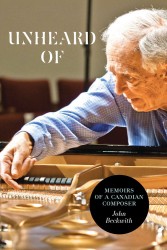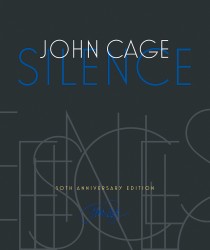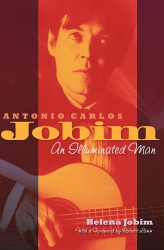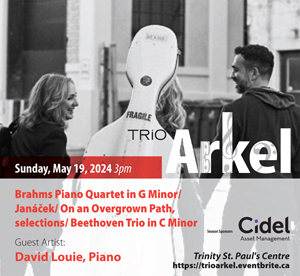The Trumpet By John Wallace and Alexander McGrattan
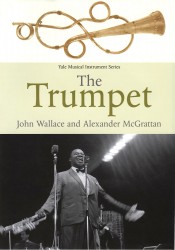 The Trumpet
The Trumpet
By John Wallace and Alexander McGrattan
Yale University Press
ISBN 978-0-300-11230-6
$40.00 hardcover, 360 pages
Publication Date: May 15, 2012
“What mouthpiece do you use?” is the usual conversation opener, one trumpet player to another. So now we have another opener: “Have you read The Trumpet by John Wallace and Alexander McGrattan?” This book is a most welcomed addition to the libraries of seasoned professional trumpeters (like me), a “must-have” for any aspiring trumpet student or for anyone wishing to follow the evolution and vibrant history of one of the world’s oldest instruments.
The Trumpet follows a broadly chronological pattern, starting by highlighting the prehistory through civilizations of the ancient world. Summaries of developments in the instrument and its playing techniques follow, setting the stage for more in-depth investigations of these topics in subsequent chapters. The Trumpet then chronicles a period of more than a thousand years, from the fall of the Roman Empire in the West in the fifth century through to the end of the 16th century. Wonderful inclusion of articles by Don Smithers and Peter Downey provoke fresh interest and controversy regarding this relatively neglected period in the history of the trumpet.
Further chapters explore the trumpet in the 17th and 18th centuries, often referred to as “the golden age” of the natural trumpet. I find particular interest in the attention to detail regarding sophisticated performance conventions and the virtuosic repertoire of the Baroque, including detailed studies of the trumpet parts in the works of Bach and Handel. Exploration of the new-found chromatic possibilities toward the end of this period leads beautifully to a detailed analysis of the concerti for the keyed trumpet by Haydn and Hummel. As these are staple audition, examination and performance repertoire, so the insights shared here by master teachers Wallace and McGrattan are invaluable.
Commentary outlines 19th and early 20th century development of valved instruments which redefined the possibilities of the trumpet and the ways in which it was understood by players, composers and audiences. The charting of detailed and useful technical developments and focus on the implications of these innovations for performance is followed by discussions of the often complex relationships between natural and valved instruments, trumpet and cornet, as well as the development and use of the piccolo trumpet in solo and orchestral contexts.
In discussion of the development of the trumpet as an orchestral and a solo instrument since the early 20th century, homage is given to Maurice André who significantly extended the solo trumpet repertoire by commissioning new works and by performing transcriptions of baroque music. From the 1960s, collaborations between trumpeters and avant-garde composers led to an expansion of classical solo repertoire; a very useful appendix of 20th-century solo works is included as well as numerous orchestral excerpts to provide further clarity.
The role of the trumpet in jazz is a principal theme in the final chapter, with analysis of the early recordings of Louis Armstrong, a fascinating discussion of the more mainstream fields of popular music, brass chamber music and the use of the trumpet in scores for television and the motion picture industry. A welcomed inclusion is the consideration of the image of the trumpet player, exploring, among other things, the significant role of female trumpeters in jazz and classical music. Finally, the future direction of jazz is considered through the prominence of Wynton Marsalis and other influential jazz trumpeters, inspiring the re-emergence of the trumpet as a solo instrument in music today.
Author John Wallace was for nearly two decades principal trumpet of the Philharmonia Orchestra, London, and is principal of the Royal Scottish Academy of Music and Drama. Alexander McGrattan is on faculty at the Royal Scottish Academy of Music and Drama, is a freelance trumpeter, and a leading exponent of the natural trumpet.
Perhaps worth consideration is the British (er, Scottish) perspective inherent within this work. While for some, this gives it a special appeal, for others, it may result in references which are less immediately accessible. It has been suggested that this is the first major book devoted to the trumpet in more than 20 years. In this reviewer’s perspective, and as a trumpeter, I would have to agree.
Trumpeter Garry Page, The WholeNote’s recently appointed director of marketing, is “subbing” for regular BookShelf columnist Pamela Margles who will return next month.


